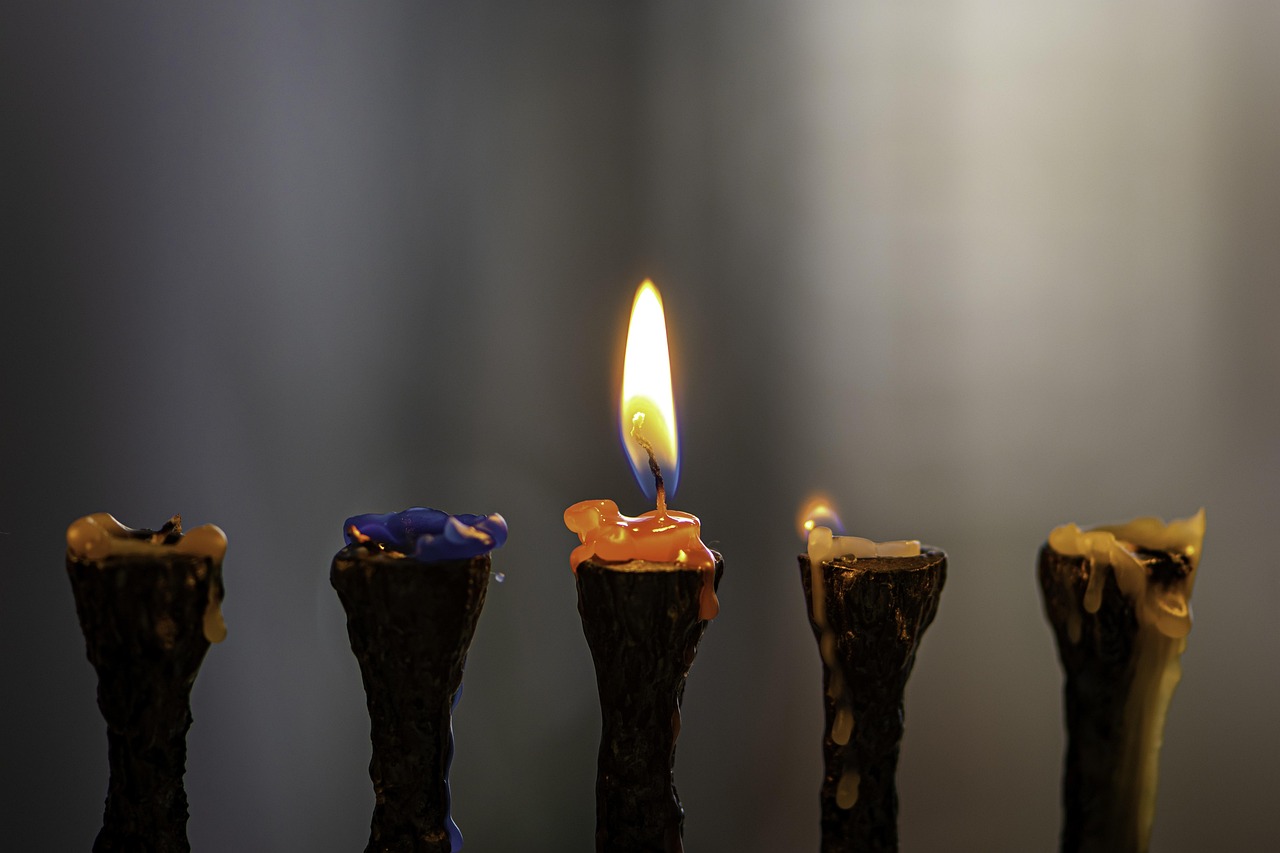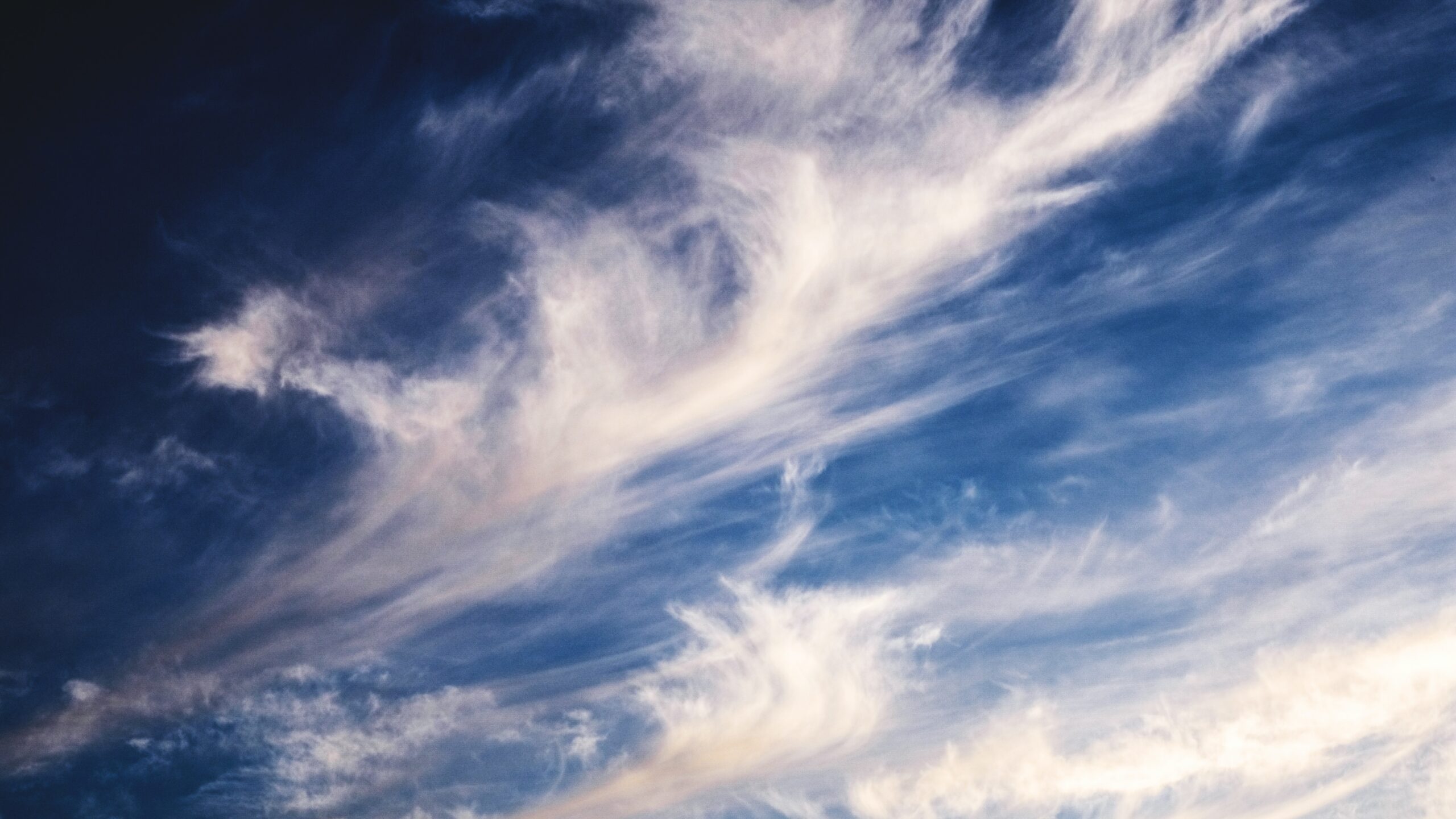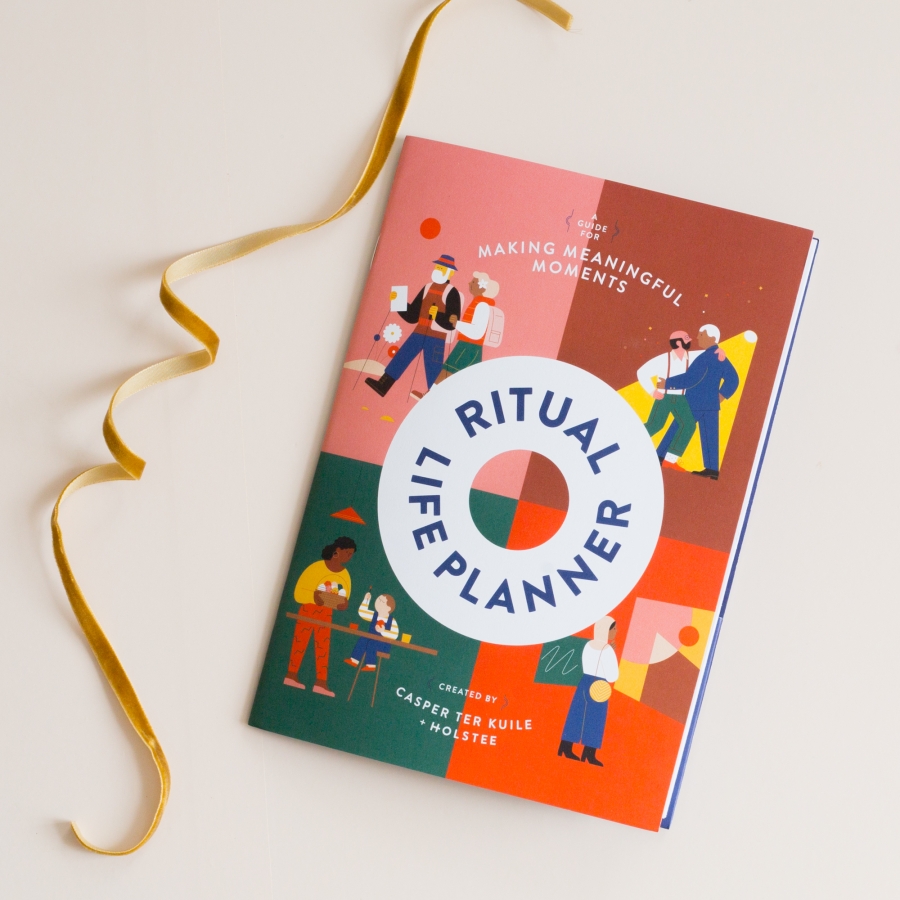This guide contains two rituals:
1. Havdalah Ritual for Entering into Tisha b’Av: Since Tisha b’Av begins this year on a Saturday evening, we can invoke the havdalah ritual that demarks the transition from sacred time (Shabbat) into daily life, to mark a separation turning from zealotry toward collective liberation.
2. Ritual for Tisha b’Av afternoon — From Lamentation to Liberation: The rabbinic tradition that tells us to halt our mourning mid-day of Tisha B’Av to turn toward envisioning a new era. This guide includes questions to prompt meditation, discussion, and collective dreaming.
Entering into Tisha b’Av 5785: A Ritual of Release and Reclamation
For 9 Av 5785 | Saturday Night, August 2, 2025
This year Tisha b’Av, the ninth of the month of Av, begins on a Saturday evening, August 2. As such, we can utilize the Havdalah ritual that demarks the transition from sacred time (Shabbat) into daily life, to mark a separation turning from zealotry toward collective liberation.
How to do this ritual:
Gather a candle (traditionally a braided candle, but any candle works), matches, grape juice, and a spice bundle.
Gather with your friends, congregation, neighbors, community, local organizing group.
After sundown, when you see three stars in the sky, go outside and form a circle and welcome everyone.
Go around and share your responses to one of these questions:
What havdalah/separation do you wish to make between old belief systems and the new dream or vision you are hoping to help bring forth?
What inherited stories or assumptions about Israel, Zionism, Diaspora, or World Jewry might we revisit or reimagine in order to dream into a more just and connected Jewish future?
What current realities and walls do imagine crumbling (such as starvation, siege, silencing of dissent)?
What departures are you wanting to make within yourself so that you can be more engaged and proactive in the world?
After the sharing, make the havdalah ritual. You may wish to introduce it with words like these:
Tonight as we leave Shabbat and journey into Tisha b’Av, we make a ritual of separation from hopelessness and despair into faith in the intelligence of creation pulsing within us.
We descend into our grief and mourning at what has become of us, but do not get lost there. We will pivot midway to imagine together what the future may hold. We remember and welcome our ancestor and prophet Rabbi Yochanan ben Zakkai who courageously led his people out of Jerusalem toward a safer and more peaceful place from which to cultivate the Judaism we know and love today.
(You may wish to share the story of Rav Yochanan in more detail either from the article by Rabbi Tirzah Firestone or this short version adapted from a post by Charles Lenchner.)
Rav Yochanan ben Zakkai smuggled himself out of the city in a coffin during the siege of Jerusalem that led to the destruction of the Second Temple, and proceeded to make a deal with one of our greatest enemies (the Roman general, soon to be emperor, Vespasian), to establish a protected center for learning in Yavneh, knowing that Jerusalem would fall and be destroyed.
The new Jewish community in Yavneh led to a watershed moment for everything we think of when we think of modern Judaism today. Everything we think of as ‘Judaism’ is his legacy; not that of Jerusalem’s doomed zealots: Prayer instead of animal sacrifice. Rabbis instead of priests. Synagogues instead of a single Temple. Our salvation as a people goes back to one great man who had the wisdom to turn his back on zealotry in Jerusalem, to make a deal with one of our greatest enemies, and to preserve the essential core of our tradition against the wishes of those who had been our ruling elites.
Today we are again in a time of great change. For there to be a Jewish future, we must break with our ruling elites. Let us choose a different path. Those who follow the path of Rav Yochanan are the future.
We make this ritual by first saying the blessing over the grape juice, honoring the earth we are on and the fruits that grow in this place, and the farmworkers who tend the land where we are. (You may wish to name the Indigenous name of the land you are on here).
We will then pass around a spice bundle and say the blessings for mixed fragrant plants. This is one way to awaken our bodies to a shift. You may wish to gather spices that honor the many diverse expressions of Judaism in diaspora around the world which add flavor and meaning to our faith and culture, such as cedar, cloves, cinnamon, cardamom, garlic, rosemary, and thyme.
When we say the blessing for fire, the flickering flame of the candle, you’re invited to hold up your hands to feel the warmth on our fingernails and palms, remembering the eternal spirit of compassion, love, care that flows through from our wise well ancestors and lives as a spark of divinity within us.
Finally, we will say a blessing to mark the separation, and extinguish the flame. As we do, we invoke a paradigm shift in our faith and our practice, turning and re-turning to a world built with love.
We’ll sing the blessings one by one and close with a song.
Note: There are many melodies in Sephardi, Mizrahi, and Ashkenazi traditions, here is a recording with the Debbie Friedman z”l melody that you can use to practice. You may wish to share the blessings as a call and response in short segments so all can say them if not familiar to the group.) Below we have provided the blessings addressing both the masculine and feminine divine.
🍇Blessing over the Grape Juice
Hold up cup of grape juice and sing or say the blessing. (We don’t sip yet.)
בְּרוּכָה אַתְּ שְׁכִינָה אֱלֹתֵינוּ רוּחַ הָעוֹלָם בּוֹרֵאת פְּרִי הַגפֶּן
Berukha At Shekhinah Eloheynu Ruakh ha-Olam boreyt p’ri hagafen.
בָּרוּךְ אַתָּה יְיָ, אֱלֹהֵֽינוּ מֶֽלֶךְ הָעוֹלָם, בּוֹרֵא פְּרִי הַגָּֽפֶן
Barukh atah, Adonai Eloheinu, Melekh haolam, borei p’ri hagafen.
Blessed are you, Eternal, our God, the sovereign of all worlds, who creates the fruit of the vine.
🌿Blessing over the Spices
Hold up the spice bundle, say or sing the blessing, and pass around for each person to smell.
בְּרוּכָה אַתְּ שְׁכִינָה אֱלֹתֵינוּ רוּחַ הָעוֹלָם בּוֹרֵאת מִינֵי בְשָׂמִים
Berukha At Shekhinah Eloheynu Ruakh ha-Olam boreyt minei v’samim.
בָּרוּךְ אַתָּה יְיָ, אֱלֹהֵֽינוּ מֶֽלֶךְ הָעוֹלָם, בּוֹרֵא מִינֵי בְשָׂמִים
Barukh atah, Adonai Eloheinu, Melekh haolam, borei minei v’samim.
Blessed are you, Eternal our God, the sovereign of all worlds, creator of spices.
🕯️Blessing the Fire
Hold up the havdalah candle, say or sing the blessing, and invite people to hold up their hands to feel the heat.
בְּרוּכָה אַתְּ שְׁכִינָה אֱלֹתֵינוּ רוּחַ הָעוֹלָם בּוֹרֵאת מְאוֹרֵי הָאֵשׁ
Berukha At Shekhinah Eloheynu Ruakh ha-Olam boreyt me-orey ha-esh.
בָּרוּךְ אַתָּה יְיָ, אֱלֹהֵֽינוּ מֶֽלֶךְ הָעוֹלָם, בּוֹרֵא מְאוֹרֵי הָאֵשׁ
Barukh atah, Adonai Eloheinu, Melekh haolam, borei m’orei ha-esh.
Blessed are you, Eternal, our God, the sovereign of all worlds, who creates the light of fire.
✨Blessing the Separation
Take a sip of the grape juice, then extinguish the flame into the remaining goblet of juice.
בְּרוּכָה אַתְּ שְׁכִינָה אֱלֹתֵינוּ רוּחַ הָעוֹלָם, הַמַּבְדִּילָה בֵּין קֹדֶשׁ לְחוֹל, בֵּין אוֹר לְחֹשֶׁךְ, בֵּין יוֹם הַשְּׁבִיעִי לְשֵׁשֶׁת יְמֵי הַמַּעֲשֶׂה, בְּרוּכָה אַתְּ שְׁכִינָה, הַמַּבְדִּילָה בֵּין קֹדֶשׁ לְחוֹל
Berukha At Shekhinah Eloheynu Ruakh ha-Olam, hamavdilah beyn kodesh lechol, beyn or lechoshech, beyn yom hashevi’i lesheyshet yemay hama’aseh. Berukha At Shekhinah, hamavdilah beyn kodesh lechol.
בָּרוּךְ אַתָּה יְיָ, אֱלֹהֵֽינוּ מֶֽלֶךְ הָעוֹלָם, הַמַּבְדִיל בֵּין קֹֽדֶשׁ לְחוֹל, בֵּין אוֹר לְחֹֽשֶׁךְ, בֵּין יוֹם הַשְּׁבִיעִי לְשֵֽׁשֶׁת יְמֵי הַמַּעֲשֶׂה. בָּרוּךְ אַתָּה יְיָ, הַמַּבְדִיל בֵּין קֹֽדֶשׁ לְחוֹל
Barukh atah, Adonai Eloheinu, Melekh haolam, hamavdil bein kodesh l’hol, bein or l’hoshech, bein yom hash’vi-i l’sheishet y’mei hamaaseh. Barukh atah Adonai, hamavdil bein kodesh l’hol.
Blessed are you, Shekhinah, our Divine One, the sovereign of all worlds, who separates between the holy and the ordinary; between the light and dark; between the seventh day and the six days of the week. Blessed are you, Shekhinah, who separates the holy from the ordinary.
After the flame has been extinguished, in the dark of night, orient people to the moon (whether overhead or not visible, it is there!) This moon is waxing toward Tu b’Av, six days from now, the holiday of love and joyous adoration that invites us to hope for the future, for the next generations. Invite people to whisper visions of a world built with love; a world beyond zealotry, greed, and oppression; a world of kindness and care.
Close with a song of liberation such as:
און די װאָך זאָל
אונדז קומען
צו חסד
און צו מזל
Un di vokh zol
Undz kumen
Tsu khesed
Un tsu mazl
may this
cycle / creation / week
be a blessing
From Lamentation to Liberation: A Ritual for Tisha b’Av Afternoon
For 9 Av 5785 | Afternoon of August 3, 2025
There is so much to lament this year on Tisha B’Av, but let us remember the wise rabbinic tradition that tells us to halt our mourning mid-day of Tisha B’Av to turn toward envisioning a new era.
The rabbis teach that at the very nadir of the year, amidst of our deepest disillusionment, the Messiah will be born—symbolic of a new era of possibility. But to bring it about, we must first imagine it! Don’t get lost in lamenting, the wisdom says—rather, start envision a whole new world. The architecture of the future is burgeoning within us! As Rabbi Arthur Waskow says: “From the darkness of our mourning comes the night vision, the dream welling up from our unconscious, of new life.”
This year, mourning the unbearable facts of our world that give rise to moral injury, let’s dream together of a possible world and believe in it. And not only believe in it, but plant the seeds to make it so.
This ritual is a simple afternoon gathering for collective visioning. You may wish to open by transitioning to sacred space with a song, intoning the word Shema, or taking a moment of silence. Then, tell the story of Rav Yochanan ben Zakkai, either by reading aloud from the article by Rabbi Tirzah Firestone or the short version in the Havdalah guide above.
After sharing the story, open a portal to collective dreaming. This could be a guided meditation, or a sharing circle using some of the questions below.
Conclude the sharing with a song and a moment of gratitude. Consider closing with a one sentence commitment from each participant, such as “To make this vision a reality, one thing I can do is…” Welcome announcements for ways people can get involved.
Questions for contemplation and discussion
We must remember that it was not only Rav Yochanan but all the people who dared to journey to Yavneh who had courage, audacity, faith in a future they could only imagine.
What has helped you say yes to joining something new?
What helps you build trust in community, in feeling shared humanity?
Let’s imagine ourselves as if we were Rav Yochanan in a coffin being smuggled out of the city. We have reached the camp of our enemy’s leader. He asks if we have one wish.
If you had one wish, what would it be?
What do you imagine when you dream into the future of Judaism?
Where are you witnessing seedlings of this vision sprouting?
How are you watering (helping to create) this vision?
Read this quote from adrienne maree brown (from Pleasure Activism: The Politics of Feeling Good, consider also sharing this poem): “I believe that we are in an imagination battle, and almost everything about how we orient toward our bodies is shaped by fearful imaginations. Imaginations that fear Blackness, brownness, fatness, queerness, disability, difference. Our radical imagination is a tool for decolonization, for reclaiming our right to shape our lived reality.”
What is the role of imagination in our current struggles for justice? How might we bring our visions into our actions?
Imagine journeying 20 years in the future – the year is 2045 (5805) – and encountering a person living in this time who is looking back at their life. Imagine what this person would want to tell you about what has become of Judaism, of the world. Open your mind and heart to simply listen. Then begin to put this message down on paper, as if this future person were writing a letter just for you. (adapted from Letter from the Future in Coming Back to Life by Joanna Macy z”l and Molly Brown)
The following questions were adapted from the study guide for Wounds into Wisdom: Healing Intergenerational Jewish Trauma by Rabbi Tirzah Firestone:
What is the relationship between Jewish identity and victimhood? How does one honor their history without internalizing the harmful aspects of historical trauma? How can we confront the rise of racial violence and hate (and zealotry) while avoiding re-traumatization? In the face of oppression and prejudice, how can we disidentify from victimhood?
What strengths and gifts from your ancestors might aid in the building of new visions, new paradigms to come?
Where might you seek support and resources for exploring your own visions of a future Judaism? What relationships in your life can help you cultivate this vision, nurture your joy, navigate future difficulties, and bring these dreams to life?
Returning to the Every Day
Close your conversation with a song, moment of silence, intonation of Shema, or a go-around inviting participants to share something they are taking with them from the weaving, or one commitment they are making to an action toward embodying the vision. You may wish to do this with a ball of yarn and as each person shares, they toss the yarn to someone else across the circle, casting a web of connection. After everyone shares, cut the strings of the web, and invite people to take home or tie on their strands as a reminder of their commitment, tying them around their wrists or placing them on an altar. As Dr. Martin Luther King, Jr., said, “We are tied together in the single garment of destiny, caught in an inescapable network of mutuality. And whatever affects one directly affects all indirectly. For some strange reason I can never be what I ought to be until you are what you ought to be.”
Note for facilitation: You may wish to name aloud the complexity of engaging our imaginations in this time of bombardment and starvation of Gaza. And remind the group, depending on who is present, that for those of us who represent identities connected to dominant or colonizing groups, it is not our place to imagine a future for others or to prescribe a pathway of liberation for Palestinians or others living under systemic oppression. Rather our work is to reimagine the future of our own faith and the religion of our ancestors, and in this way inform our work in solidarity with others.
One way to transition to sacred space: Stand in a circle. The facilitator begins intoning the word Shema followed by the person to the right of the facilitator and then one by one, counter clockwise, until all are intoning the word as loudly as possible. Finishing with the facilitator. When the facilitator gives the signal and then all cease simultaneously – standing in the sacred silence for a few moments. Shema the Hebrew word for listen. It is a command to ourselves, each other, our ancestors, the more than human world, the angels to listen to this work.












